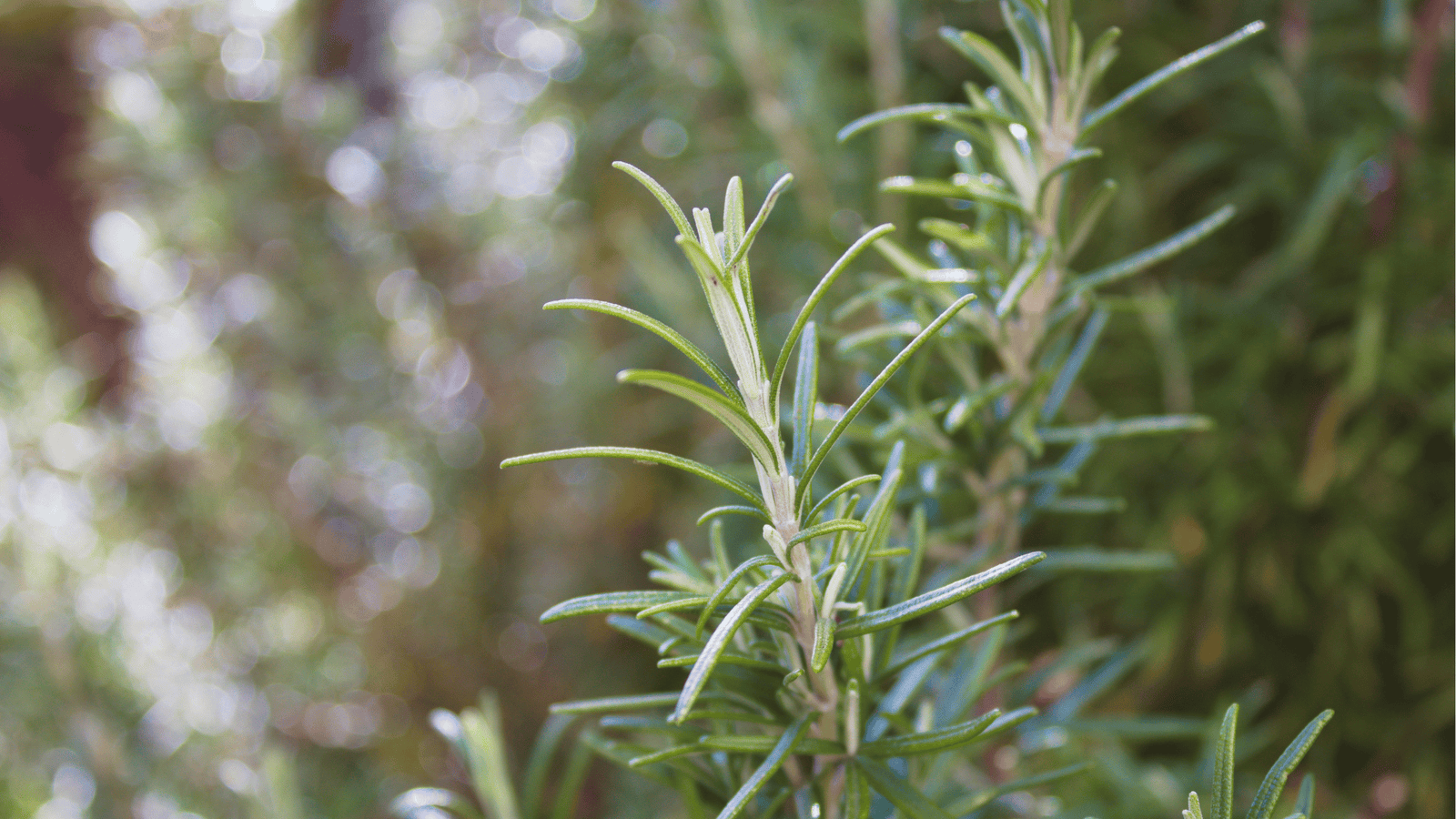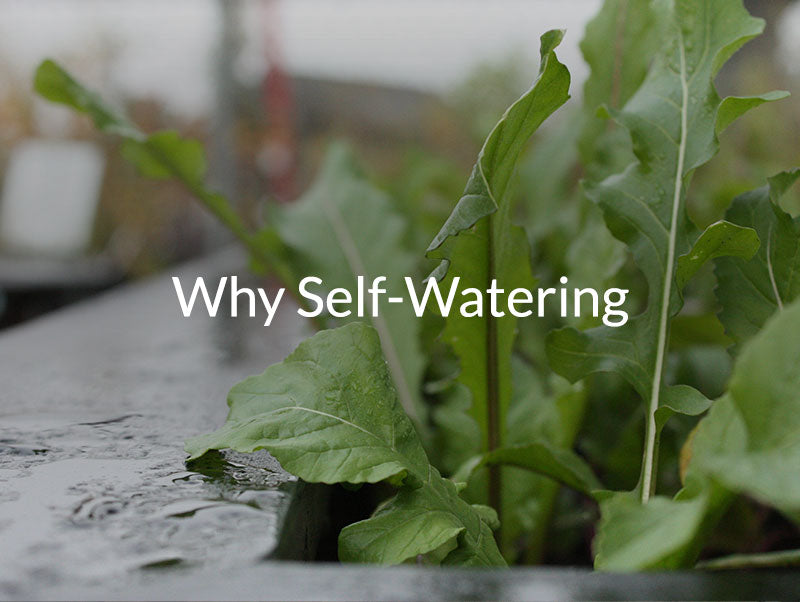Rosemary Growing Guide🌿: Planting and Pruning for Thriving Herbs

Introduction
Rosemary is a hardy, aromatic herb that thrives in sunny spots and well-draining soil. Perfect for balconies, patios, or raised gardens, it performs beautifully in SIPs and wicking beds, where GardenWells inserts provide steady bottom-up hydration while keeping roots from sitting in water. Whether fresh or dried, rosemary is a kitchen essential and pollinator-friendly addition to any garden.
When to Plant Rosemary
-
Spring: Transplant rosemary seedlings or rooted cuttings in April through May once the risk of frost has passed. See the April Gardening Guide for early herb planting tips.
-
Summer: Rosemary establishes quickly in June with longer days and steady warmth. Check the June Gardening Guide for SIP care strategies.
-
Fall Overwintering: In colder climates, move container-grown rosemary indoors in October; for protection tips, visit the October Gardening Guide.
Square Foot Gardening Spacing
-
Spacing: 1 plant per sq ft for compact upright varieties
-
Depth: Plant seedlings at the same depth as their original pots
-
Companions: Excellent neighbors include carrots, tomatoes, and sage.
How to Plant Rosemary
Transplanting (Preferred)
-
Start with rooted nursery plants or cuttings for the fastest success.
-
Plant directly into SIP planters or wicking beds with a well-draining soil mix.
-
Top-water gently for the first 7–10 days while roots establish.
Direct Seeding (Challenging)
-
Rosemary seeds are slow to germinate and require steady heat.
-
If growing from seed, start indoors 10–12 weeks before your last frost date under grow lights.
Watering Your Rosemary
Rosemary prefers even moisture but hates “wet feet”:
-
Use your WaterStem to monitor SIP levels: when the Hummingbird rises, the reservoir’s full; when it drops, refill.
-
In wicking beds, the moisture zone keeps roots hydrated while preventing overwatering.
-
Before establishment: Top-water lightly every day for the first week.
-
After establishment: Refill reservoirs every 2–3 weeks depending on weather.
-
Mulch lightly to regulate soil temps and reduce evaporation.
Harvesting Rosemary
-
Timing: You can begin light harvests 6–8 weeks after transplanting.
-
Method: Snip young sprigs regularly to encourage bushier growth.
-
Storage: Air-dry sprigs and store them in airtight containers for long-term use.
-
For pruning tips and extending harvest windows, check our July Gardening Guide.
Common Issues & Fixes
| Issue | Likely Cause | Solution |
|---|---|---|
| Root Rot | Poor drainage / overwatering | Use SIPs or wicking beds for bottom-up hydration. Let reservoirs go empty between fills. |
| Weak Growth | Low sunlight | Place rosemary in full sun (6+ hours daily) |
| Powdery Mildew | High humidity | Improve airflow and prune dense foliage |
Companion Plants for Rosemary
Best companions (with cross-links):
-
Carrots → Benefit from rosemary’s pest-deterring properties.
-
Tomatoes → Thrives alongside rosemary; improved airflow reduces disease risk.
-
Sage and oregano → Mediterranean companions that enjoy similar low-water SIP conditions.
-
Cabbage → Rosemary naturally deters cabbage moths when planted nearby.
Avoid planting with:
-
Basil → Basil prefers wetter soil than rosemary; separate beds work better.
-
Mint → Spreading roots can dominate SIP spaces and compete for nutrients.
Layout Tip:
-
Plant 1 rosemary per sq ft in SIPs or wicking beds.
-
Use rosemary on SIP bed edges for airflow and pest control.
-
Interplant Mediterranean herbs like sage or oregano for shared care needs.
Product Tips
-
Small balconies? Grow rosemary in CondoFarms self-watering planters for an effortless setup.
-
DIY gardeners? Convert any raised bed into a wicking bed with GardenWells inserts.
-
Expanding production? Build custom self-watering raised beds for large-scale herb gardens.







